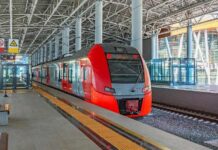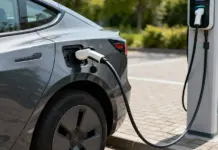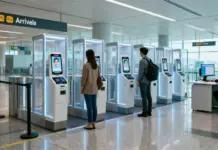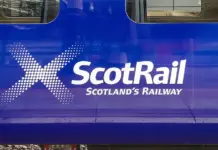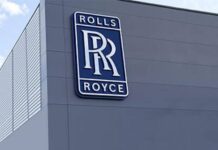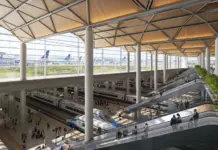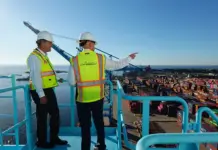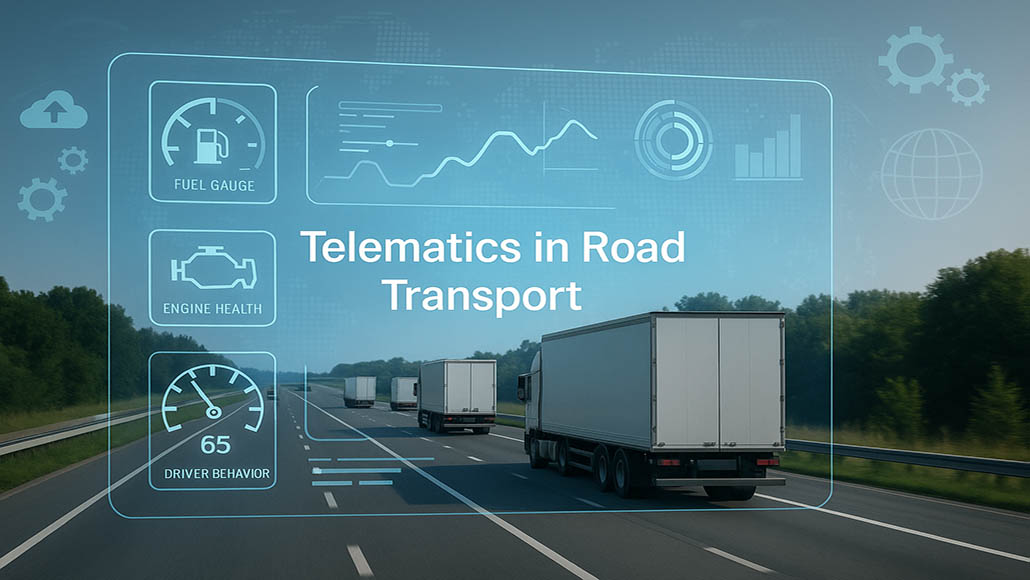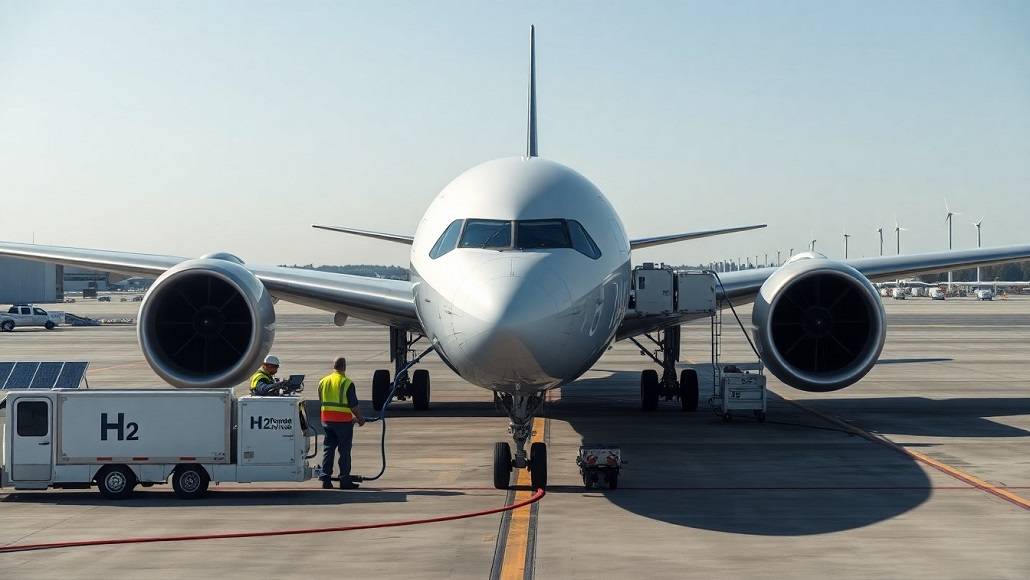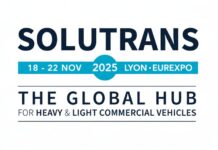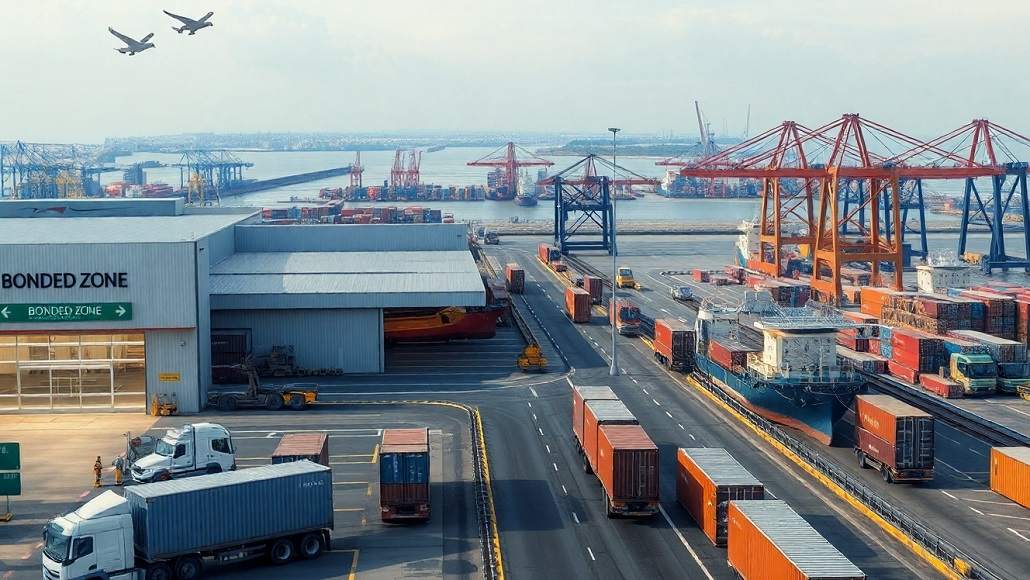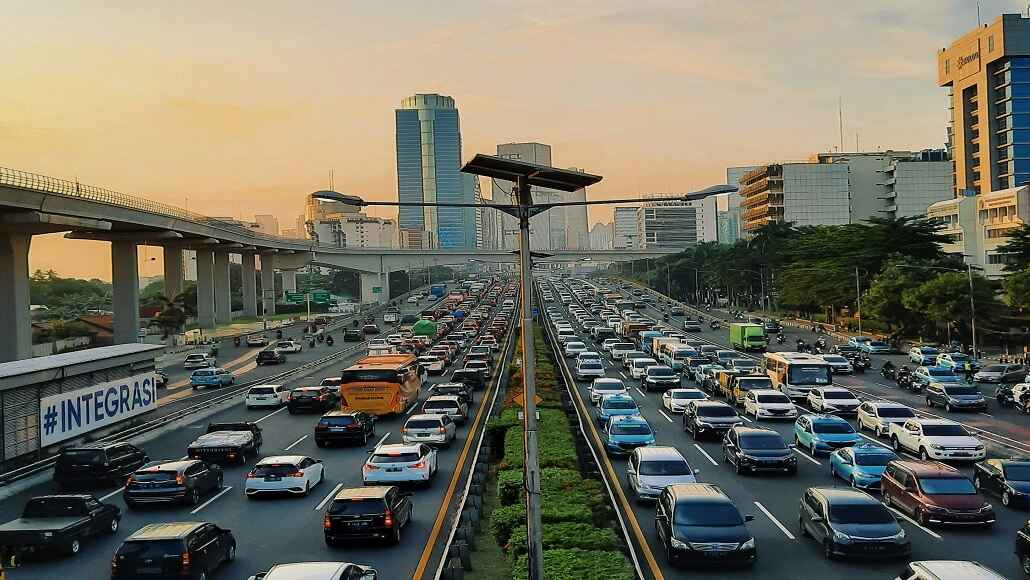The NoLita, Baxter Street parking project in the SoHo South district of New York provides a new fully automated parking solution for a luxury block of condominium apartments.
The district is known for parking problems and residents of the new apartments will most likely own luxury cars and will expect secured parking. An automated parking system seems to fit the bill.
The project area, purchased by a group of investors and co-developed by American Development Group LLC and Langsam Property Services Corp., consisted of a 100 car park lot on Baxter and Hester Streets. Because of the compact design of the Automotion Parking System, the developers were able to transform the 100 car lot into a 67 car automated garage, a 24 unit apartment building (modest apartments here are going for US$1.25m), and ground floor retail units.
This parking system has provided the building with a unique and valuable amenity assisting in compliance with zoning requirements for specific residential unit to parking ratios, all while maximising the saleable square footage. The project was opened in January 2007.
GARAGE AUTOMATION
The automated parking garages increase parking space by up to 100% by sliding cars closer together, both side-to-side and bumper-to-bumper. The parking platform allows parking two levels deep with independent access to any car. This method maximises the space normally lost in access ramps and lanes and behind columns. The turntable also allows convenient access in narrow and limited spaces.
HOW AUTOMATED PARKING WORKS
The driver enters through a traditional overhead garage door, parks the vehicle on a pallet inside an ‘entry and exit room’, swipes his credit card or magnetic ID key, takes a receipt, and then leaves to go about his/her business. Sensors then scan the entry/exit room and make sure the driver has left and there is no one inside.
A laser system analyses the dimensions of the vehicle to determine if it will fit in the parking system and where to place the car. Once the sensors determine everything is ok to proceed, the pallet with the car upon it, which sits on a lift, lowers or raises the vehicle into the system.
The main component of the system, the Storage and Retrieval Unit (SRU), takes over. Using the ‘quick exchange’ system, the pallet with the car is rolled from the lift onto the SRU and the empty pallet from the SRU replaces the occupied one on the lift. The lift returns to the entry/exit room with an empty pallet and is ready to receive the next vehicle.
The SRU, which is essentially an elevator on tracks, begins the process of storing the vehicle in one of the vacant spots. When the SRU reaches the spot where the car is being placed the ‘quick exchange’ process is repeated and the empty pallet from the rack is replaced with the occupied pallet. The SRU returns, with the empty pallet, back to the lift to accept the next car.
When the driver returns to pick up the car they swipe a credit card or magnetic ID key again. This initiates the retrieval process, which takes just 2½ minutes. The system, using the credit card or magnetic key FOB information to identify the appropriate vehicle (or more accurately the appropriate pallet) begins the retrieval process. The SRU travels back to the spot where the car was stored and the process is reversed. No one touches the vehicle at anytime.
CONTRACTORS
The AutoMotion parking system uses technology developed by the German industrial manufacturer Stolzer Parkhaus, which has already built 28 similar automated facilities. MJS Garage Management will operate the first system in New York. As an added benefit, the German automotive manufacturer, BMW, in partnership with AutoMotion, will pick-up, service and deliver any make or brand of car parked within an AutoMotion system garage.
AutoMotion maintains a team of specially trained mechanics, available 24-hours, seven days a week to help with the system in case of difficulties. Every parking cardholder is given an emergency telephone number to summon expert assistance.
Current AutoMotion systems are designed to accommodate nearly all passenger vehicle sizes, excluding the largest of sports utility vehicles; however an automated system can be customised to fit any vehicle size specification.
Currently AutoMotion research and development is formulating equipment for government agencies to incorporate within high technology safety and security detection parking operations.


